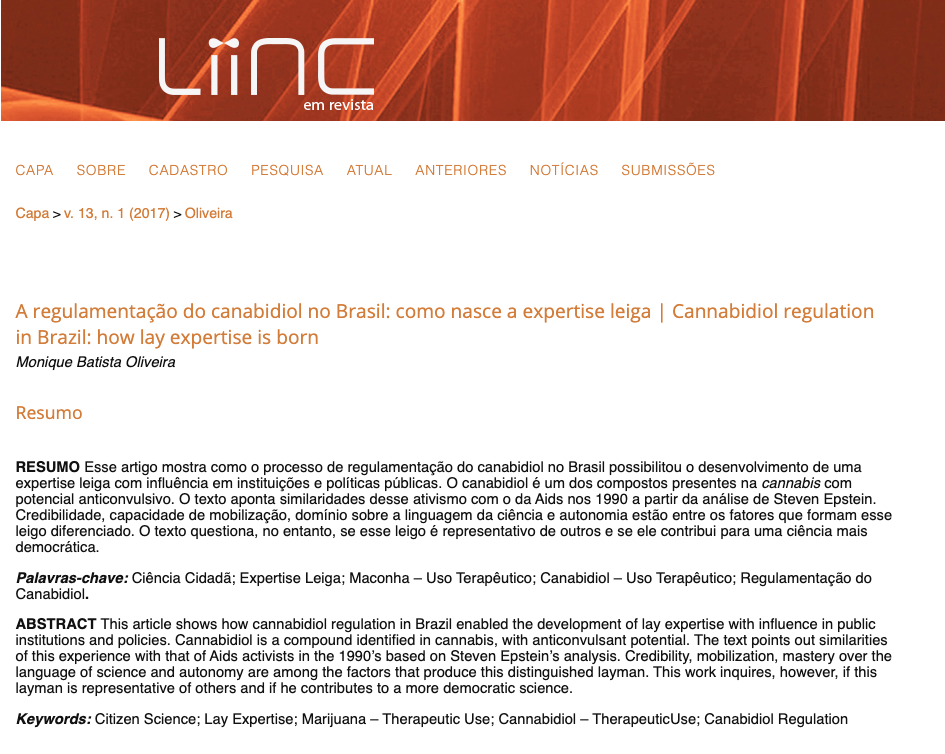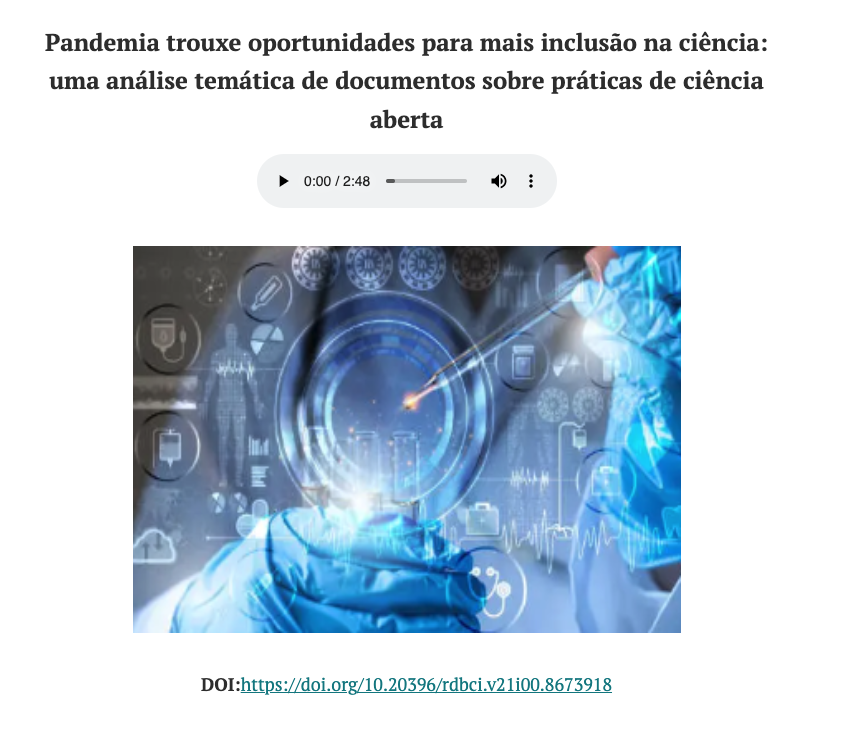(preprint) – How the hydroxychloroquine discourse became counterproductive during the COVID-19 pandemic
Abstract: The COVID-19 pandemic provides a compelling case study of the intersection between political rhetoric and scientific discourse during crisis situations. This study examines the controversy surrounding hydroxychloroquine (HCQ) and chloroquine (CQ) as potential therapeutic agents for SARS-CoV-2, demonstrating how these pharmaceuticals dominated public discourse at the expense of other mitigation strategies. Using Google Trends data analysis and network mapping methodology, we identified a diverse network of actors, including political leaders and “counterpublics,” where these drugs evolved beyond their scientific context to become political symbols. The communication model that emerged can be described as “confrontational,” with different positions attempting to establish vertical models of communication. We propose an alternative framework that embraces pluralistic approaches to scientific understanding and strategy, incorporating interdisciplinary and inter-editorial perspectives. This approach may help mitigate the tendency to dismiss scientific expertise when addressing issues beyond traditional scientific boundaries. We conclude that traditional communication models risk reinforcing confrontational discourse patterns, which may be counterproductive given the inevitable controversies arising from competing interests in a public health crisis of this magnitude.
Authors: Monique Oliveira, Sylvia Maria Affonso da Silva, Diogo Lopes de Oliveira, Roberto Mitsuo Takata
Available @: https://preprints.scielo.org/index.php/scielo/preprint/view/11883/21723




Leave a Reply